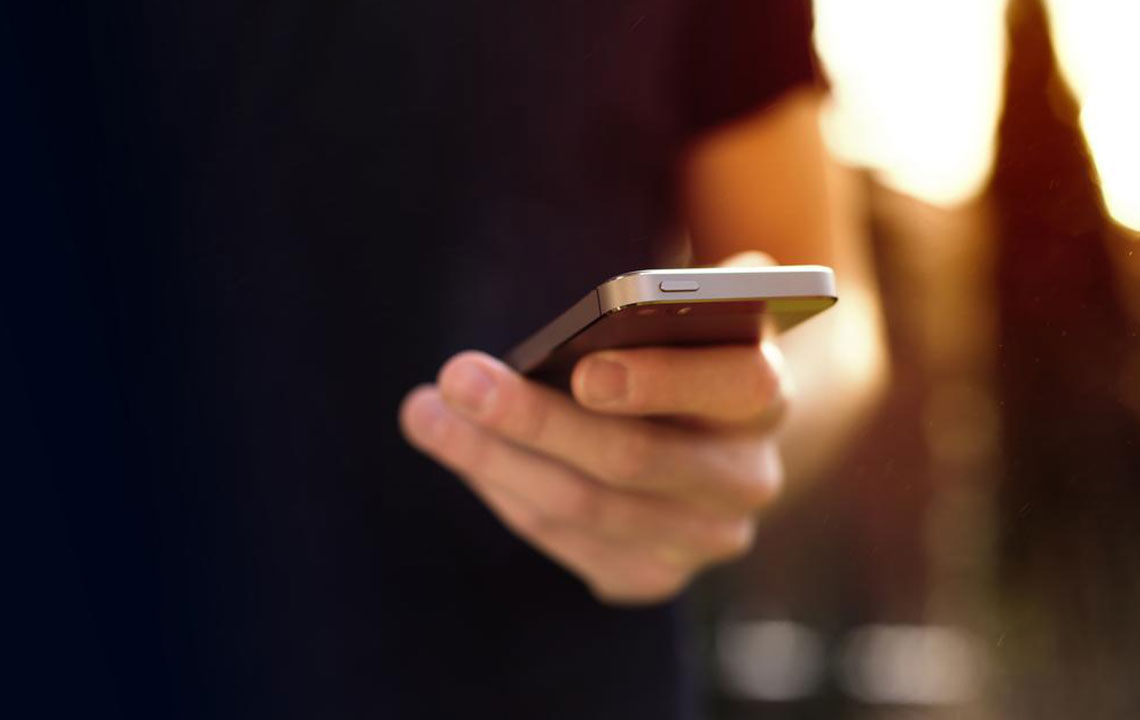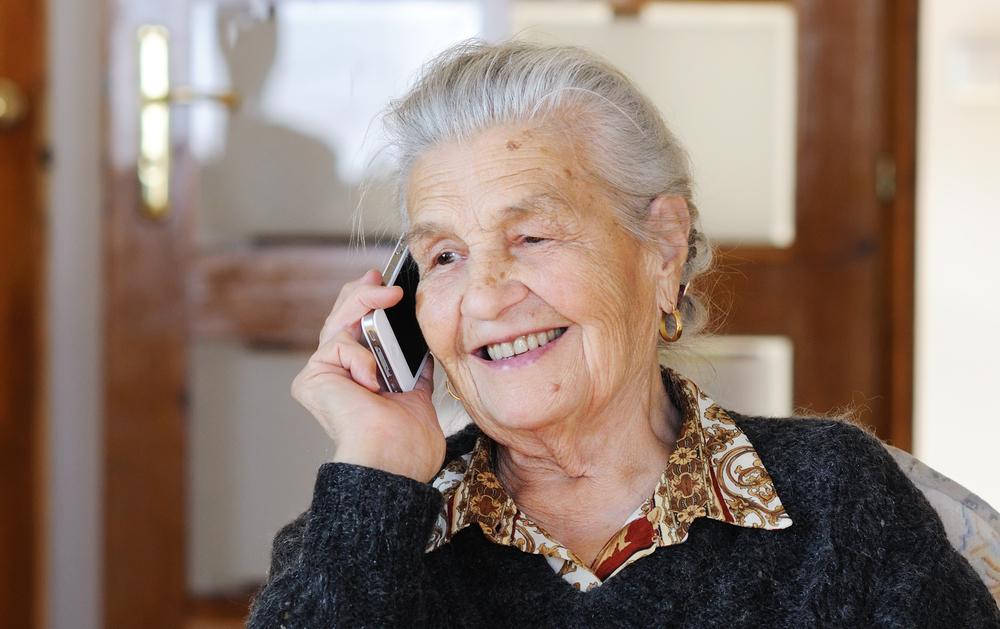Empowering Low-Income Communities with the Obama Mobile Assistance Program
The Obama Mobile Assistance Program significantly enhanced digital access for low-income Americans by providing free mobile phones and subsidized wireless services. Building on historic efforts to ensure universal communication access, the program helped thousands stay connected, supporting employment, health, and safety. Managed through federal and state partnerships, it continues to promote digital inclusion by offering essential communication tools to those in need. This initiative underscores the importance of bridging the digital divide to foster social and economic opportunities for vulnerable communities across the United States.

Empowering Low-Income Communities with the Obama Mobile Assistance Program
The Obama Mobile Assistance Initiative was established to bridge the digital divide by providing free mobile phones and affordable communication services to individuals facing economic hardships. This program builds upon decades of efforts to make telecommunications accessible to everyone, especially those in vulnerable financial situations. The roots of this initiative can be traced back to earlier policies that aimed to promote universal service, ensuring all Americans could stay connected regardless of income.
Historically, the government has taken numerous steps to facilitate affordable communication. During the Reagan administration, the Federal Communications Commission (FCC) launched the Universal Service Fund to promote equitable access to telecommunication services. This fund served as a foundation for subsequent programs aimed at supporting low-income families, including subsidized landline services introduced in the 1980s. These initiatives recognized the vital importance of reliable communication for safety, health, and employment prospects.
The Telecommunications Act of 1996 further reinforced this commitment by requiring telecom service providers to invest in expanding access through contributions to universal service mechanisms. Over time, the focus shifted from landlines to wireless communication as mobile technology became dominant. Recognizing this shift, the Obama administration launched a comprehensive mobile assistance program aimed at ensuring that low-income Americans could also benefit from the latest connectivity innovations.
Through the Obama Mobile Assistance Program, millions of low-income individuals gained access to free cell phones or discounted services, helping bridge digital gaps in underserved communities. The program was designed to reach those facing financial hardships, including participants of Medicaid, Supplemental Nutrition Assistance Program (SNAP), and other welfare programs. Eligibility criteria across states are aligned with these qualifying programs, making it easier for eligible individuals to access support.
Participants in the program receive basic mobile phones, often with prepaid plans tailored to meet their essential communication needs. The program also subsidizes landline installation and related costs through initiatives such as Lifeline Assistance and Link-Up programs. These initiatives often cover initial setup fees, activation costs, and ongoing monthly charges, significantly reducing the financial barriers faced by low-income households.
Service providers like SafeLink Wireless, Assurance Wireless, and Reach Out Wireless play a crucial role in delivering these services. They are approved by the government to distribute federally funded mobile devices and plans, ensuring widespread coverage and accessibility. While some major carriers have phased out participation in the original Lifeline program to concentrate on other services, these dedicated providers continue to serve millions of eligible Americans, fostering digital inclusivity.
By offering free or affordable mobile devices, the Obama Mobile Assistance Program has enhanced opportunities for employment, health services, emergency communication, and social connectivity among vulnerable populations. It exemplifies the government’s ongoing commitment to ensuring that technology serves everyone, regardless of income level. As technology evolves, future initiatives are poised to expand this support, further narrowing the digital divide and promoting equitable access to digital resources across the country.





